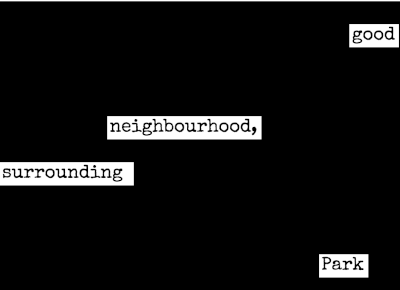I was reading a theorem giving conditions for a divergent series to have a convergent subseries and had a sort of flashback.
I studied nonlinear PDEs in grad school, which amounted to applied functional analysis. We were constantly proving or using theorems about sequences having convergent subsequences, often subsequences that converged in a very weak sense.
This seemed strange to me at first. If a sequence diverges, why is it of any interest that a subsequence converges? This seemed like blackout poetry, completely changing the meaning of a text by selecting various words. For example, here is the opening paragraph of Pride and Prejudice, blacked out to appear to be a real estate ad.

Here’s the big picture I was missing. We’re trying to show that a differential equation has a solution, and we’re doing that by some kind of successive approximation. Maybe our series of approximations doesn’t work in general, but that doesn’t matter. We’re just trying to find something that is a solution. Once you come up with a candidate solution, by whatever means, grasping at whatever straws you can grasp, you then prove that the candidate really is a solution, perhaps a solution in a weak sense. Then you show that this solution, potentially one of many, is unique. Then you show that your weak solution is a in fact a solution in a stronger sense.
Related posts
- Period of a nonlinear pendulum
- Trading generalized derivatives for classical derivatives
- Operator calculus
The post Convergent subsequence first appeared on John D. Cook.